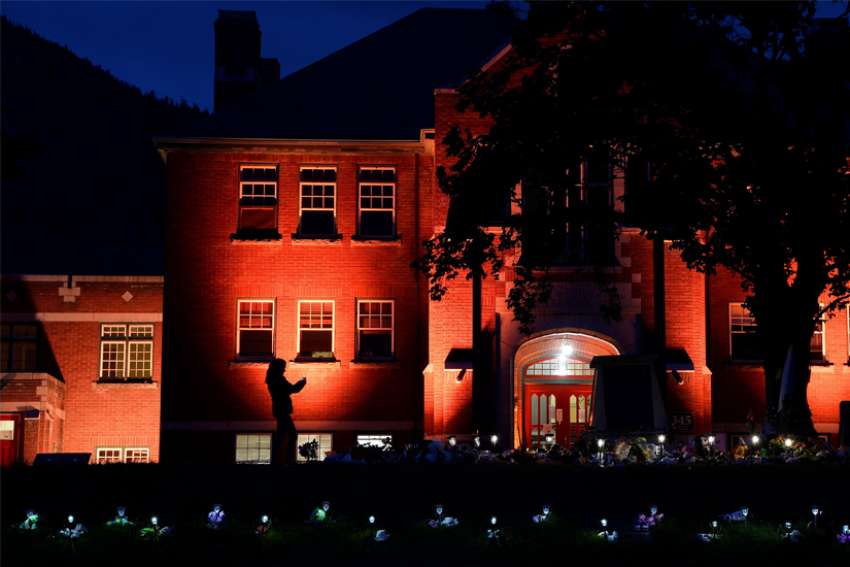But if national attention is now focused on the discovery of 215 unmarked graves at the Kamloops Residential School, the residue of an entire system of colonialism continues to determine the reality of Indigenous people in Canada. “Residue” is too weak a word. The colonial system which assumes the supremacy of the conquering societies of Europe remains entrenched in our country. It is Canada’s defining reality.
Canadians should be angered and horrified by the rate and number of suicides among Indigenous people in this country and the federal government’s ongoing indifference. Only when large numbers of suicides occur in a community does the media rush to the scene. Only when the media focus is on the problem does the federal government arouse itself and throw some money at Indigenous mental health.
The suicide rate among First Nations, Métis and Inuit people is three times that of the non-Indigenous population. Yet that number understates the problem. The suicide rate for on-reserve First Nations people is double that of those living off-reserve. Further, 60 per cent of bands report no suicides. The result: a hugely disproportionate number of suicides take place on a limited number of reserves.
In the territory of the 49 mostly remote communities which comprise Nishnawbe Aski Nation (NAN) in northern Ontario, 558 people, including 88 children between ages 10 and 14, died from suicide between 1986 and 2017. In describing the suicide problem in this region, journalist Tanya Talaga, in her 2018 CBC Massey Lecture series (All Our Relations), said, “The historical separation of Indigenous people from their land, the separation of children from their parents, the separation from their traditional culture and ways of living — all of these things have contributed to a spiritual emptiness that has resulted in generations of children’s deaths.”
Talaga details the efforts of NAN to get federal funding for Indigenous mental health programs in the aftermath of several suicides in the region. Those pleas went unanswered until more youth suicides drew national media attention.
Estimates of the level of underfunding of on-reserve education, as compared with provincially-funded schools, range from 30 to 50 per cent. Because the underfunding is chronic, an increase to the same levels as in non-Indigenous schools will not solve the problem. Decades of neglect have left reserve schools lagging in resources, such as technology, libraries, recreation facilities and vocational training.
In Canada’s provincially-run child welfare systems, the number of Indigenous children “in care” is three times the number of students in residential schools at their height. In 2011, Indigenous children made up 48 per cent of all foster children, but only seven per cent of all Canadian children. Children are apprehended with their whereabouts unknown to their parents.
Foster parents, meanwhile, often lack the background to create an environment in which First Nations traditions are valued. Too often, children in foster homes are abused or receive degrading treatment.
The residential school system is no more, but education and child welfare systems have taken its place, limiting opportunities and destroying family life for Indigenous children. When children see no hope, is it any wonder that thoughts of ending their lives come to mind? Some breakthroughs are being made. The Edmonton Catholic School District, for example, has adopted the Braided Journeys program which respects and celebrates Indigenous children and their culture. Since instituting the program 10 years ago, the district has increased the graduation rate for native students from 28 to 80 per cent.
The federal government has made significant headway in ensuring reserves have access to drinkable water. In the last five years, the number of reserves with long-term drinking water advisories has declined from 150 to 32. Still, most First Nations’ water systems remain in danger of contamination due to underfunding, failure to enforce standards and the effects of extractive industries such as coal mining, the oil sands and fracking near their communities.
Improvements will only be piecemeal until the colonial system, entrenched in the Indian Act, and its accompanying attitudes of racial superiority are overcome. Racism is a daily reality for Canada’s Indigenous people. Canada and its people need to eradicate the systems and attitudes which continue to oppress the first peoples of our land.
(Argan lives in Edmonton.)


